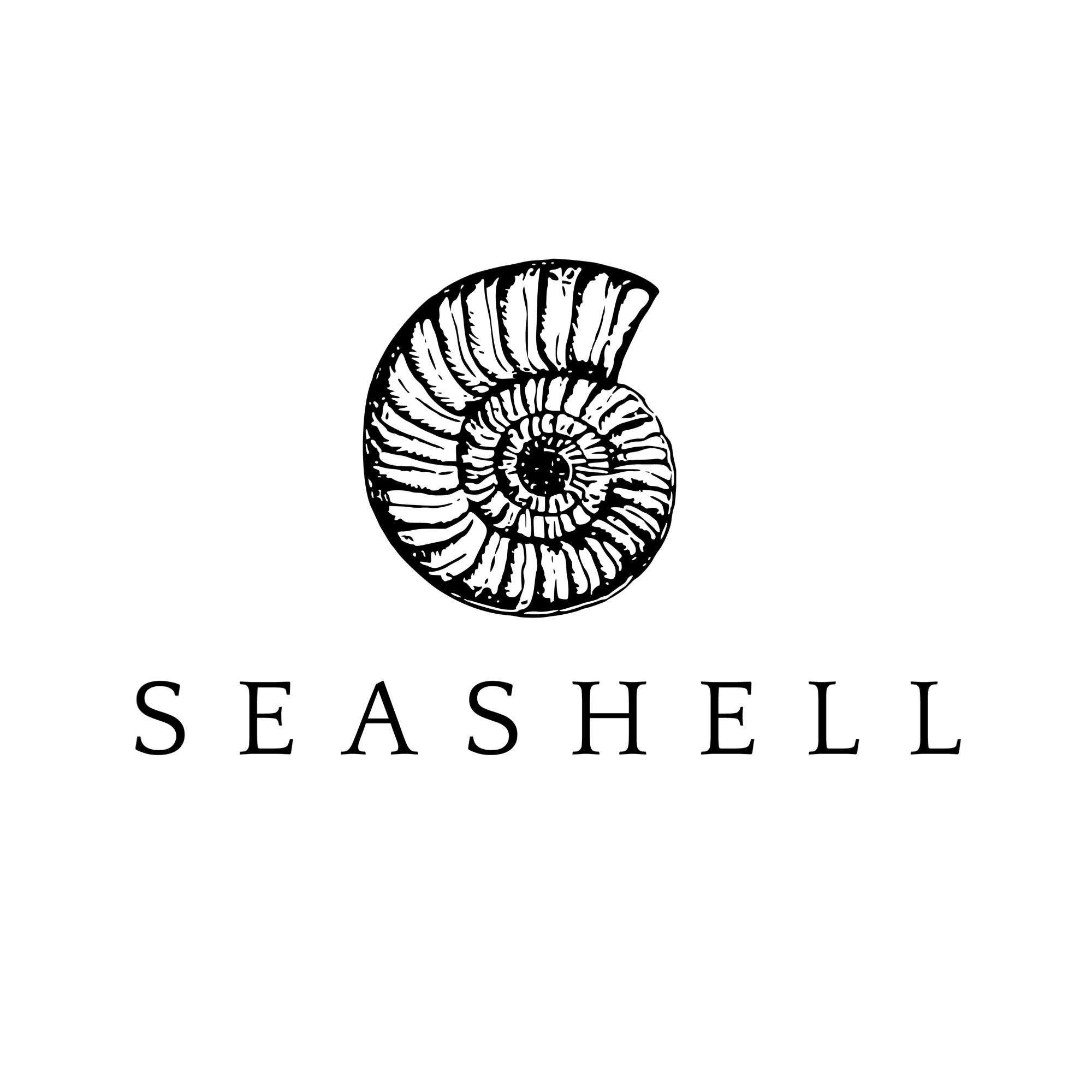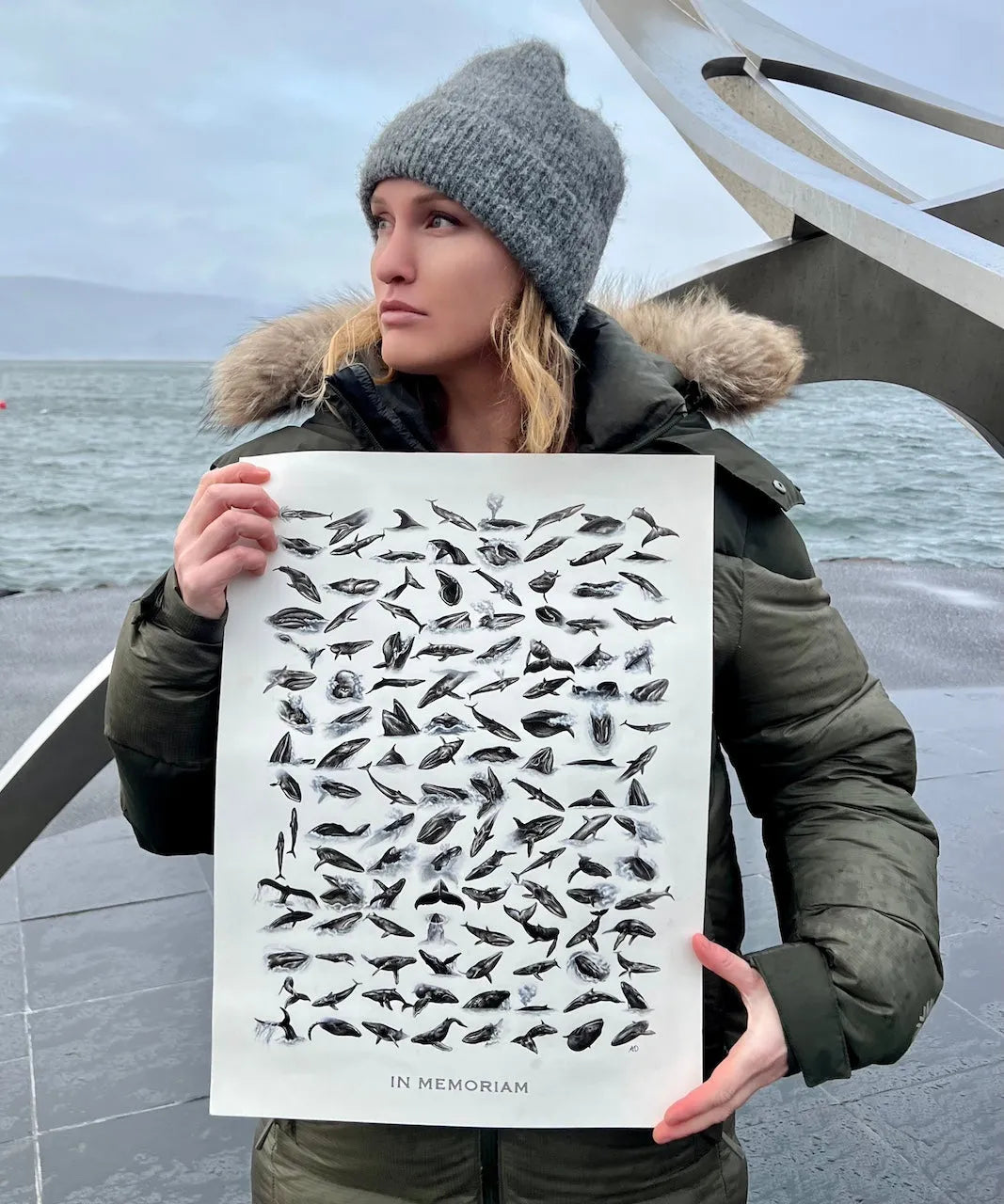From professional rock climbing to becoming a full-time artist, Alyse Dietel's journey has been shaped by both the highs of her climbing career and the lows of a life-changing hiking accident. Through art, she found a new purpose, one that allowed her to reconnect with nature and communicate the urgency of climate action. In this interview, Alyse opens up about the profound impact her personal experiences have had on her artistic expression, how her work seeks to raise awareness about environmental issues, and the lessons she’s learned along the way.
Can you share how your personal experiences, particularly your hiking accident in 2012, have influenced your artistic journey?
I would not be the same artist, or even the same person, if not for the experiences I’ve had along my journey- both the good, and the bad. After my hiking accident in 2012, my life direction took a definite turn. Not a 180 degree turn, but what felt like an adjustment towards the proper course. For the year that I was in a wheelchair my passion for art developed into something that became a large part of me, rather than a dabbling hobby. It also taught me stillness and patience, which are essential to my work and not something I was very good at before. It prepared me to be an artist in other ways too, though I didn’t know it at the time. It taught me introspection and sharpened my observation skills, and I learned that sometimes slowing down is better than trying to win some unspoken race.
When I was further down the road in my art career, residencies were the experiences that shaped my path. I’ve done residencies in all kinds of environments, from the French countryside to the high Arctic of Svalbard, from the pine forests of remote Canada to the cloud forest of Ecuador. Each residency has been an immersion not only in the local environment and culture, but also in a community of creatives from everywhere and every walk of life. Accumulating different perspectives, ideas, and inspirations is like gathering bits of coloured glass- the more you have, the more beautiful the mosaic you create will be.
What role did art play in your healing process? Was there a particular moment when you realised it was more than just a hobby?
During my healing process I lived vicariously through my art. I drew mountains and adventure, wildlife and favourite places. Art can be such a powerful catalyst, and I don’t think I even realised it at the time that my own creative expression was fuelling my desire to get back on my feet. Beyond preventing boredom and exercising my creativity, drawing these subjects kept me in touch with their beauty and wild wonder. I scanned outdoor instagram accounts to find inspiration and reference photos, and that also helped keep me involved with the outdoor community. It was also an opportunity for escape into the art “zone”, and I almost forgot the pain and immobility while I was drawing or painting.
I think the moment I knew it was more than just a hobby was when I was able to go back to college. I remember feeling panicked and scanning the list of available majors just thinking… I don’t want to do any of this. I had just discovered the world of art, and I was terrified to leave it. Before my accident my major had been evolutionary biology. I still love and study this topic, but I just couldn’t see myself in a lab. I knew my path would be atypical, I just couldn’t quite grasp how.
What inspired your transition from professional rock climbing to becoming a full-time artist, and how do these two passions intersect in your life?
When I secured a major sponsor and became a professional climber, I thought I had found the thing- my atypical career path. But deep down I just felt really misplaced, like an imposter. The pro climbing world demanded a certain attitude and obsessiveness that I just don’t have, and there’s not really any individualism- just whoever did the coolest/hardest thing. If you’re not at the top (pun intended), then you’re constantly scrambling to get there. It’s exhausting and unfulfilling, and not what climbing was about to me- I just wanted to have fun and appreciate my natural surroundings. I’m also very independent, and pro climbing doesn’t really allow you to beat your own drum- only the rhythms your sponsors like. I kept drawing during these years, and only got more and more into art and developing my artistic skills.
When people began expressing interest in and admiration for my work, a flame was kindled. It actually felt like a fire in my belly… but that might have been the nerves from telling my friends and family that I wanted to quit pro climbing- most of my friend’s dreams- to become a self-taught artist. But, for whatever reason, I just knew I could make it work. I talked to my parents, who I think were a bit baffled and not a little concerned, but were also supportive. I told them that if I couldn’t make the art thing work in a year, I’d go back to school. So I dropped out of college, quit my pro climbing career, and became a full-time artist. It was the scariest and most rewarding leap in the dark I’ve ever done. Sometimes when you know, you know.
During your artist residency in Svalbard, you witnessed significant environmental changes and the struggles of Arctic marine life first-hand. How did these observations shape your artistic focus and message?
Svalbard gives new meaning to the phrase “heartbreakingly beautiful”. It’s a place of magic, raw nature, light and dark, energy and stillness and surprising colour. So it hits much harder when you hear the locals talk about when the fjord used to freeze over completely, and you look out to see an icy slush. Or how much thinner the polar bears are, or all the new implementations to deal with more avalanches and dangerous melts. Svalbard is a window to climate change, whereas most other places we’re just listening at the door. It’s frightening, and it makes it very real… and it makes you want to act.
My work involves a lot of research on my subject matter, so on Svalbard I was researching and studying things like sea ice, arctic wildlife, arctic kelp, the role of phytoplankton in the arctic, things like that. And it felt like I was in a museum where the clues to a huge important secret were in the displayed artefacts, and the deeper I got the more my alarm grew… meanwhile all the other visitors just glance at each object and keep walking. I started to think about how I could make people not only pay attention to the individual objects, but care about them as well.
You mentioned getting hooked on ocean documentaries like Seaspiracy and Mission Blue. Do you think visual art, like these films and your own artwork, can reach people in ways that science alone cannot? If so, how?
This might seem like a bold statement, but I 100 percent believe that art like documentaries, books, visual art, and other forms of art are the key to making people care about climate change and environmentalism. On Svalbard I realised that part of why I cared so much was because of my initial reaction to Svalbard- I was totally enraptured, and filled with awe and wonder. That brought the realisation that it doesn’t matter how many facts and statistics you throw at people, or how loudly you yell at them to stop using plastic or whatever. The connection has to come first. People care about what they appreciate, respect, and understand. A lot of climate scientists push the “doom and gloom” agenda, and while I agree on the urgency, the method hasn’t been working- which is clear based on where we are now with the climate crisis. I have always thought that art and science should go hand in hand. Science produces the facts and findings that shape our understanding of the world, and art conveys that information in all its emotional aspects. Science is the backbone of our world, but art is the catalyst that sparks connection and action.
Your work is incredibly detailed—what techniques do you use to achieve that level of intricacy?
While I do use superfine brushes and .003mm pens, the main ingredient for my level of detail is patience. When I first started drawing I had very little patience and wanted to put ideas onto paper as quickly as possible. I wasn’t allowing myself the time required to draw to my full potential, and that’s probably been the most important and most difficult thing I’ve had to teach myself as an artist. Slowing down, being observant, and giving yourself time are all necessary if you want to capture detail and allow yourself your full potential. There’s no such thing as art taking too much time- it takes the time it takes.
What advice would you give to artists who want to use their work for environmental advocacy?
Pick your passion. Don’t just draw elephants because you feel like you should, or feel that you need to cover every single environmental issue. Find out what really sparks your interest, and learn everything you can about it. That genuine passion will come through in your work, and that’s what will be effective. Also, something I’ve realised is very important in environmental art is to not just focus on the doom and gloom. People see the news, or at least scroll instagram. If they’ve discovered your work, they probably already know how bad it is. Think of how you can engage and communicate without being another source of depression. Ask yourself how you can inspire hope and change, or how you can get people excited about your environmental passion. Like I said earlier, climate scientists will make you think that blasting people with the harsh realities is the only way, and it’s not. There is a fine line between giving people hope and inspiration while still educating, and making them just want to give up. My advice is to walk that line carefully.
Find out more
Alyse Dietel’s story is a reminder that life’s most unexpected detours can sometimes lead us exactly where we’re meant to go. What began as a devastating accident transformed into a journey of deep introspection, patience, and purpose — shaping not only her path as an artist but her voice as an environmental advocate. Through her intricate work and powerful message, Alyse invites others to slow down, look closer, and reconnect with the wild beauty of the world we all share.


Come and join us!
Join us every Saturday at 10am at the Fittie end of Aberdeen beach for invigorating dips in the sea. The refreshing waters will not only revitalize your body but also uplift your spirits, offering a perfect blend of mental clarity and physical well-being.
For updates on volunteering at beach cleans, joining adventure days, and other upcoming events please see our social media pages.
The ultimate guide to unlocking the full potential of one of nature's most powerful resources.
Cold water has been used for centuries as a natural remedy to promote health, vitality, and well-being, and its benefits are backed by science.
Whether you're a seasoned cold water enthusiast or just starting out, this comprehensive guide will provide you with all the information you need to harness the power of cold water and take your health and wellness to the next level.








Charted Waters, Water Healing, and Collaborative Marine Cleans: April Recap
Don’t Touch, Call BDMLR: How to Help Marine Mammals the Right Way